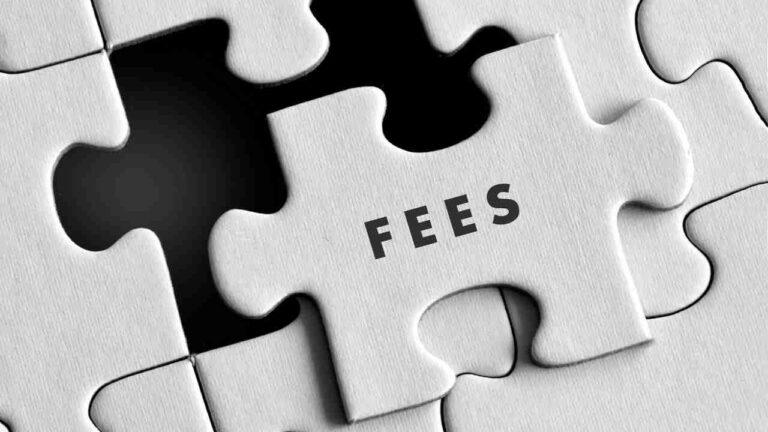Medical negligence, also known as medical malpractice, is the leading cause of death in the United States. Medical malpractice lawsuits have increased while healthcare professionals grapple to save lives during the pandemic. According to professionals, the growing number of malpractice cases implies the pressure hospitals face due to the current health crisis.
Now more than ever, medical malpractice attorney must be equipped to meet and handle medical malpractice claims’ demands. They should use unique developments to help them ensure favorable results for their clients in the medical field.
We will go over the conditions under which you or a loved one can submit a claim for medical malpractice in this guide, the deadlines for doing so and the amount of money that can be obtained. We will also review the most typical forms of medical negligence and some of the challenges of pursuing these kinds of lawsuits.
What Is Medical Malpractice?
Medical malpractice is when a physician or other healthcare professional fails to operate in a way that complies with the relevant standard of care and harms the plaintiff.
Medical malpractice can have catastrophic, life-changing effects on patients and their families. Managing day-to-day affairs after suffering an injury, let alone taking legal action, might seem like an arduous and unachievable task if you or a loved one has been hurt.
The most crucial lesson is that you don’t have to endure suffering silently or alone. Help and assistance might be accessible to help your family get through this challenging period and make an effort to compensate for the suffering and loss.
How to Prove Medical Malpractice
To prove a claim for medical malpractice, you must prove four things:
The disturbing reality of medical malpractice can have serious repercussions for its victims. Severe injury or even death may ensue from a healthcare provider’s failure to give the level of care that is expected of them in their profession. Although proving medical negligence is difficult and complex, it is necessary to pursue justice and compensation. We’ll examine the essential procedures and factors in establishing medical negligence.
- Doctor-patient connection: The establishment of a doctor-patient link is necessary for the prosecution of any medical negligence lawsuit. The foundation for establishing a duty of care is this relationship. It is more difficult to argue that the healthcare provider owes the patient a responsibility without a recognised professional relationship.
- Exercising the Standard of Care: Healthcare providers must follow a specific standard of care established by the industry-wide approved practices. It must show that the healthcare professional strayed from this standard to prove medical malpractice. Witnesses who can attest to the required standard of care and how the defendant’s actions fell short are frequently consulted in this process.
- Documenting the Breach of Responsibility: The next stage is to show that the healthcare provider violated this responsibility after the standard of care has been set. Presenting proof, such as medical records, testimony, and pertinent papers highlighting the departure from the recognised standards, might help achieve this.
- Determining Causation: It is not enough to demonstrate a duty breach; a clear connection must be made between the patient’s injury and the healthcare provider’s activities. Establishing causation entails proving that the divergence from the standard of treatment directly caused the patient’s injuries or difficulties.
- Acquiring Proof: Evidence gathering and preservation are essential in medical malpractice cases. This could include any pertinent documentation that can bolster your claim, witness accounts, opinions, and medical data. Documentation that is complete and on time dramatically improves the case.
- Speaking with Medical Professionals: Witnesses are crucial in cases of medical misconduct. Their evidence can assist the court in comprehending the standard of care, how it was violated, and how the healthcare provider’s acts caused the patient harm. Having reliable and competent medical professionals on board is essential to a successful case.
- Limitations Statute: Understanding and following the statute of limitations is essential. Your case may be dismissed if you don’t submit a lawsuit within the allotted period. Every country has a different statute of limitations, so it’s crucial to speak with legal s to ensure compliance.
It is a difficult task that requires careful attention to detail to prove medical misconduct. Testimony, a complete comprehension of medical standards, and extensive evidence gathering are all necessary. It’s critical to get legal counsel as soon as possible if you think you may have been the victim of medical malpractice to safeguard your rights and get the justice and compensation you are due. Remember that each situation is different, and the first step in developing a compelling case is to speak with a knowledgeable lawyer.
Conclusion
The complicated landscape of medical malpractice lawsuits necessitates a systematic and knowledgeable approach. This manual offers guidance to empower you in these difficult circumstances. It is crucial to keep in mind that getting legal help is essential. Skilled lawyers focusing on medical negligence can be beneficial partners in your fight for justice.
It’s essential to acknowledge medical malpractice cases with a talented lawyer. By staying proactive, diligent, and relying on the knowledge of legal professionals of Silva & Silva, you enhance your chances of securing a fair resolution.







